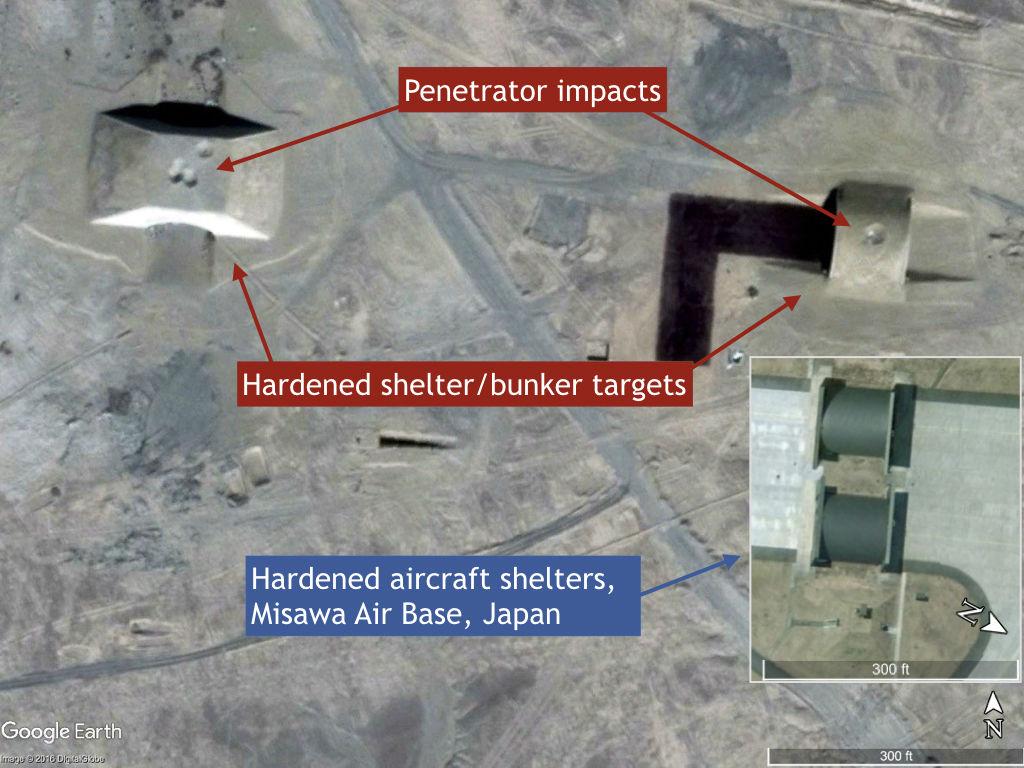belfercenter.org/publication/em…
In summary, “China’s maritime neighbors can prevent China from dominating East Asia militarily, allowing the United States to avoid the costs and risks of expanding its forces in the region...", as
- most of the IAF (407 of 729) fixed wing combat aircraft were destroyed or fled
- 0 U.S. airplanes shot down by IAF aircraft
- US/coalition air forces had complete air supremacy, allowing all aircraft to operate w/ impunity
afhra.af.mil/Portals/16/doc…

popsci.com/chinese-cargo-…
news.usni.org/2019/04/29/sea…
Limited defenses like long-range HQ-9 SAMs, 500+km anti-ship missiles, and point-defense gun and missile systems on each corner of each island? warontherocks.com/2016/09/chinas…
For all I know, Dr. Beckley's overall take may be right, as there are a nearly inconceivable number of variables that could affect the balance; and a lot here is true.
But as I said, there were also some details that didn't look quite right to me.
The end.



































